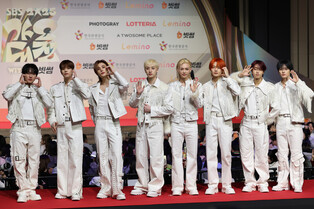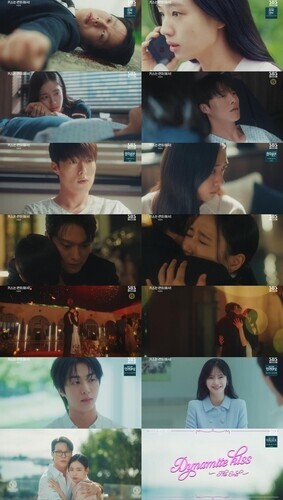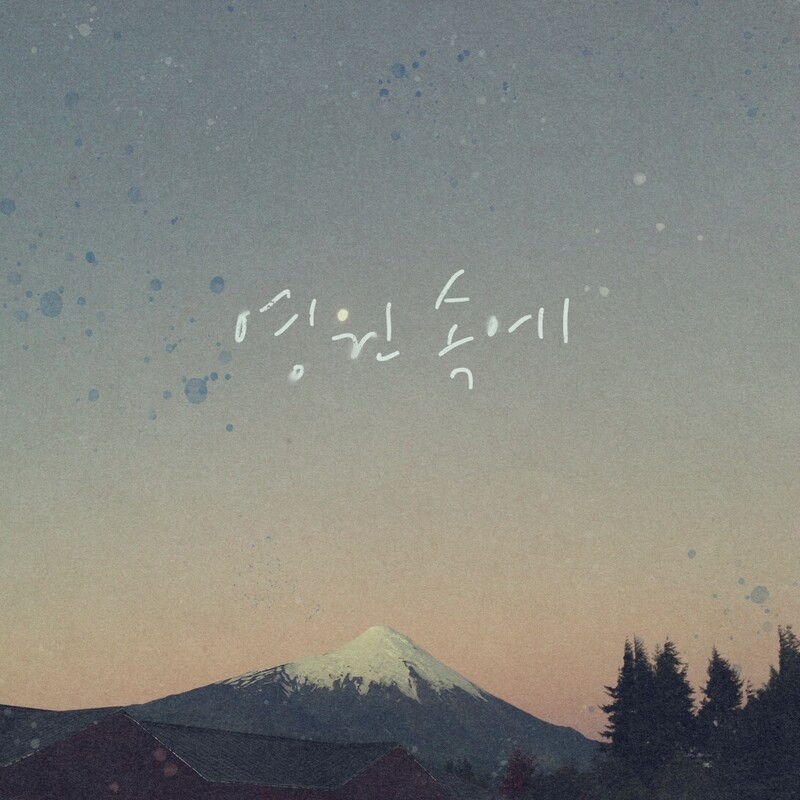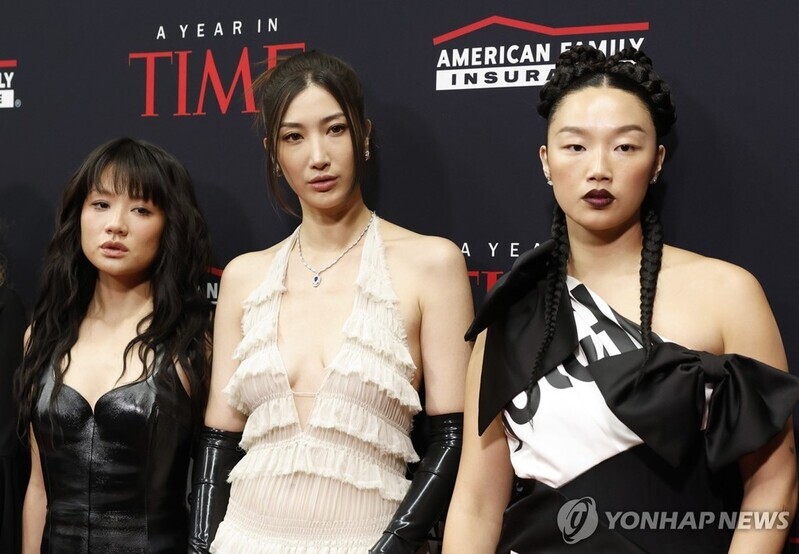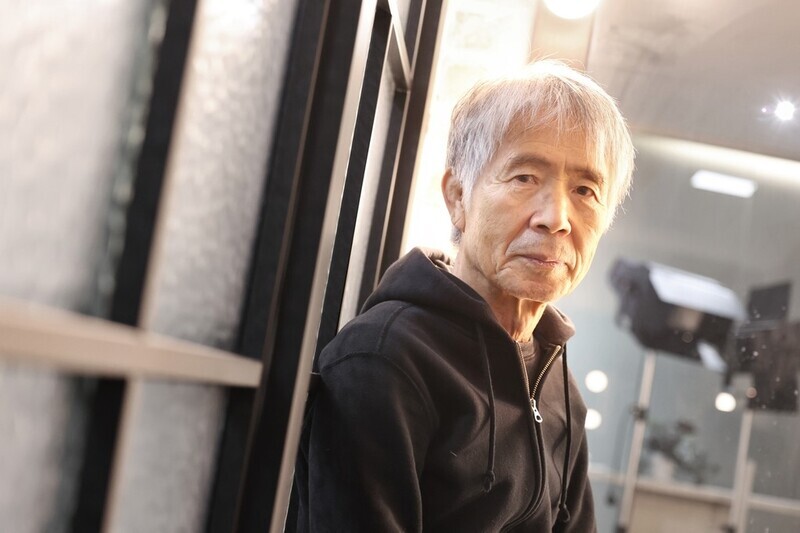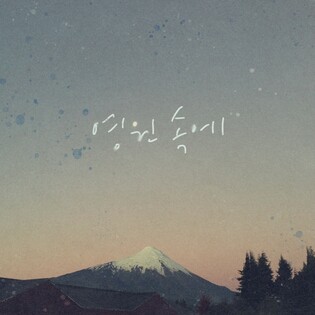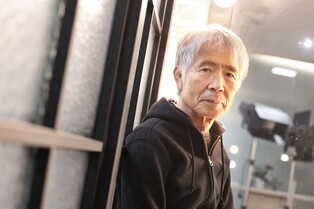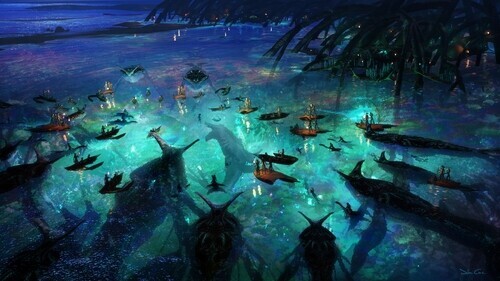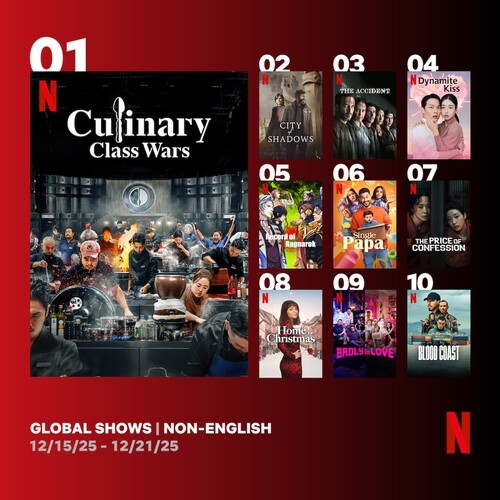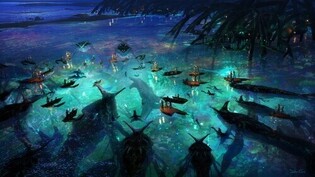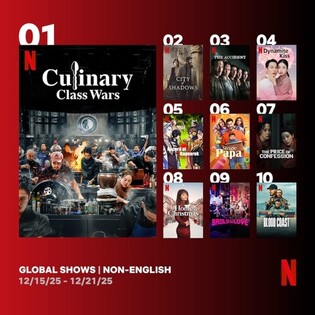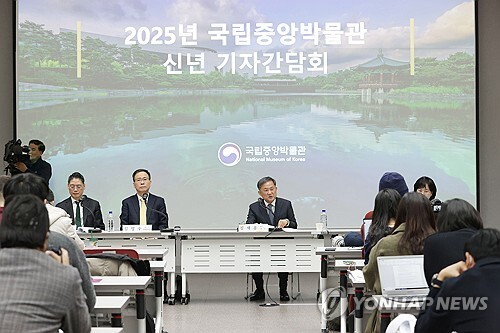 |
| ▲ Kim Jae-hong, Director of the National Museum of Korea, presents the main agenda for 2025 at the 2025 National Museum of Korea New Year Press Briefing held at the National Museum of Korea in Yongsan, Seoul, on January 20, 2025. (Yonhap) |
SEOUL, Jan. 20 (Yonhap) -- In commemoration of the 80th anniversary of Korea’s liberation, exhibitions spotlighting Admiral Yi Sun-sin (1545–1598) and marathon legend Sohn Kee-chung (1912–2002) will be held this year.
These events coincide with advancements in scientific preservation and management of cultural heritage and the presentation of the late Samsung Chairman Lee Kun-hee’s collection to American audiences.
The National Museum of Korea announced its 2025 main agenda on January 20, detailing these initiatives. This year marks the 80th anniversary of the establishment of the National Museum, following its acquisition of the Japanese General Government Museum after liberation in 1945, and the 20th anniversary of its relocation to Yongsan.
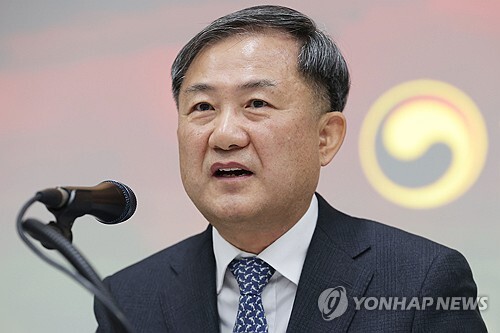 |
| ▲ Kim Jae-hong, Director of the National Museum of Korea, presents the main agenda for 2025 at the 2025 National Museum of Korea New Year Press Briefing held at the National Museum of Korea in Yongsan, Seoul, on January 20, 2025. (Yonhap) |
At a press conference, Kim Jae-hong, director of the National Museum, emphasized the museum’s four strategic objectives: becoming a “Museum of Empathy,” an “Open Museum,” a “Museum of Convergence,” and a “Museum of Coexistence.” A variety of exhibitions will reflect these themes.
One of the most significant exhibitions focuses on Admiral Yi Sun-sin. For the first time since a special exhibition at the Jinju National Museum in 2003, this event will delve into the human side of Yi rather than his wartime heroics.
Visitors will encounter over 100 items, including the Complete Works of Admiral Yi Sun-sin, the Battle of Pyongyang Castle painting depicting the recapture of the castle, and Jungwangoo, a Joseon-era cannon. Yoon Sang-deok, head of the Archaeology and History Department, noted that the exhibition will portray Yi’s genuine life, supported by excavation findings related to the Imjin War and records from the Nanjung Ilgi (War Diary).
Another noteworthy exhibition revisits the story of Sohn Kee-chung, who triumphed in the 1936 Berlin Olympics. Artifacts like the bronze helmet awarded as his marathon victory prize, along with various photographs, will be on display.
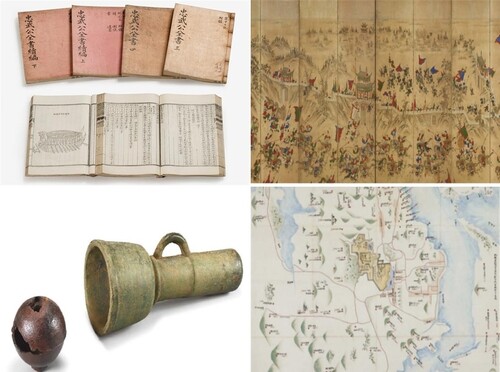 |
| ▲ Clockwise from the top left: The Complete Works of Admiral Yi Sun-sin, Battle of Pyongyang Castle, Records of Hizen Nagoya Castle, Jungwangoo, and Bigyeokjincheonroe— are among the artifacts slated for exhibition by the National Museum of Korea in 2025. (PHOTO NOT FOR SALE) (Yonhap) |
The museum will also host a commemorative exchange exhibition marking the 60th anniversary of Korea-Japan diplomatic normalization.
Opening in June in collaboration with the Tokyo National Museum, Rediscovering Japanese Art will showcase 60 artifacts, including paintings, ceramics, textiles, and lacquerware, highlighting the aesthetic distinctiveness of Japanese culture.
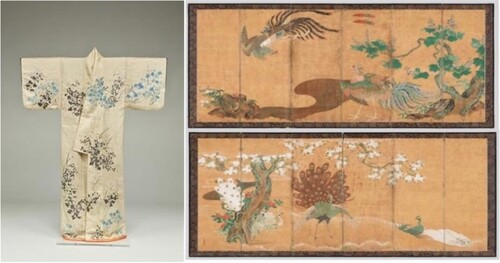 |
| ▲ The Autumn Grass Pattern Kosode (left), a designated Important Cultural Property housed at the Tokyo National Museum, and the Phoenix and Peacock Folding Screen (right), are among the artifacts slated for exhibition by the National Museum of Korea in 2025. (PHOTO NOT FOR SALE) (Yonhap) |
In return, an exhibition celebrating the beauty of Korean art will take place in Tokyo from February to April next year. Kim described the exchange as “a quiet yet powerful exhibition” aimed at fostering mutual understanding of the two nations’ unique cultures.
The affiliated Cheongju National Museum will contribute by hosting a special exhibition in September titled Climbing Mount Fuji, Yamanashi, exploring the history and culture of Japan’s Yamanashi Prefecture, further promoting Korea-Japan cultural cooperation.
To commemorate the 20th anniversary of its Yongsan relocation, the National Museum is preparing large-scale exhibitions, including Early Joseon Dynasty Art, which opens in June. This exhibition, a first for the museum, will feature over 300 artifacts exploring artistic innovation and transformation during the early Joseon era, including more than 20 paintings on loan from the United States and Japan, many of which will be unveiled to the public for the first time.
The museum will also focus on promoting Korean culture and aesthetics globally. This November, Lee Kun-hee’s donated collection of paintings, ceramics, and crafts will be showcased at the Smithsonian’s National Museum of Asian Art in the United States, featuring approximately 250 items, including the National Treasure Inwang Jesaekdo (Clearing After Rain on Mount Inwang).
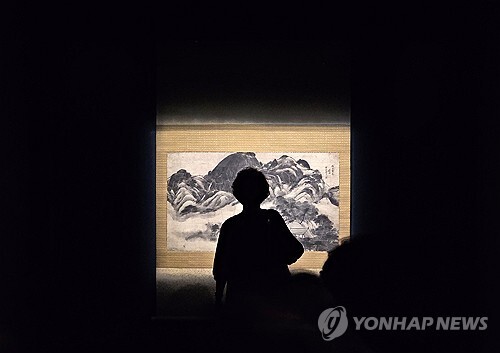 |
| ▲ Visitors admire the National Treasure Clearing After Rain on Mount Inwang by Jeong Seon at the special exhibition An Invitation from a Collector, showcasing items donated by the late Samsung Chairman Lee Kun-hee, at the National Chuncheon Museum in Chuncheon, Gangwon Province, on September 11, 2024. (Yonhap) |
The Denver Art Museum will hold an exhibition spotlighting the iconic white moon jars, while Germany’s Dresden State Art Collections will display a wide array of artifacts spanning the Three Kingdoms to the Joseon Dynasty, drawing attention to Korean cultural heritage.
Previously underrepresented global cultures will also be explored. In April, the museum will introduce its first special exhibition on the history, culture, and art of the Pacific’s indigenous peoples. In November, a new “Islamic Gallery” will be added to its permanent exhibitions.
The museum will also open its Conservation Science Center later this year. Equipped with 3D scanning and digital restoration facilities, material-specific preservation labs, and advanced CT imaging equipment, the center will undertake studies on dating wooden cultural properties. By 2029, the museum plans to expand and relocate the Children’s Museum and enhance exhibits in its calligraphy hall with epigraphs, movable type, and seals.
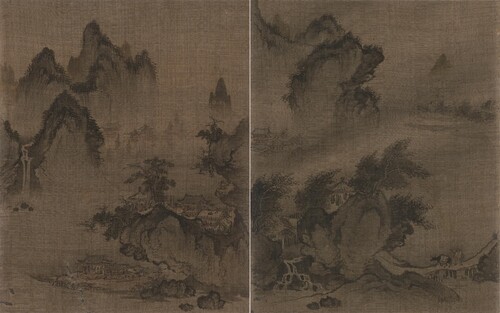 |
| ▲ Eight Views of the Xiao and Xiang Rivers, attributed to An Gyeon – Provided by the National Museum of Korea. (PHOTO NOT FOR SALE) (Yonhap) |
Last year, the museum and its affiliates attracted 10.91 million visitors, including approximately 350,000 foreigners—a record high despite a slight decline in visitors to the National Museum itself compared to the previous year.
Kim Jae-hong pledged, “We will do our utmost to connect the past, present, and future, becoming a museum that unites everyone through diverse cultural experiences and shared breaths of history.”
(C) Yonhap News Agency. All Rights Reserved

















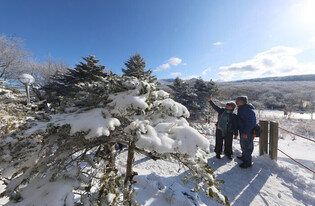
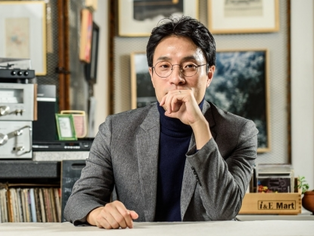
![[2026 Outlook] BTS, BLACKPINK comebacks; UNESCO World Heritage session in Busan fuel K-culture momentum](/news/data/20251226/p1065576816972067_337_h.jpg)
